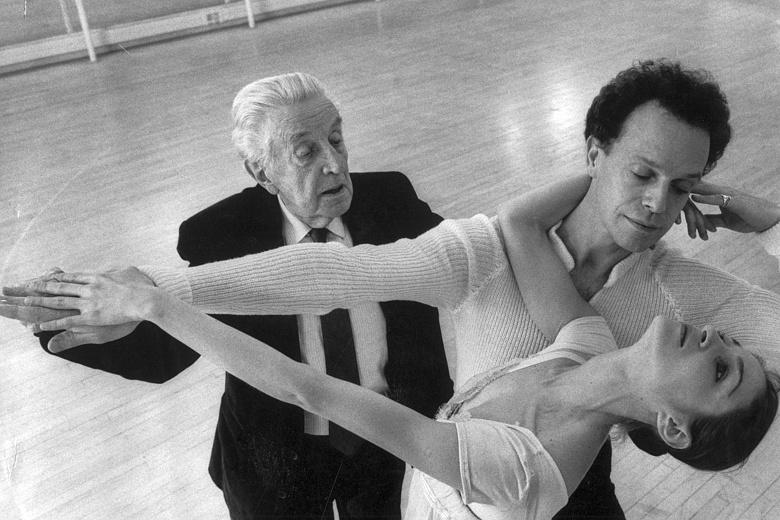Every art form has its icons. What music lover isn’t familiar with the works of Bach, Mozart, Beethoven or Mahler? What art-buff worth their salt doesn’t know the masterpieces of Da Vinci, Caravaggio, Van Gough or Picasso? The same is true of Ballet: there’s the doyen of classical narrative ballet, Marius Petipa; the father of the glossy neoclassical American style, George Balanchine; and the chorographic genius whose work is celebrated in the Australian Ballet’s The Dream, Frederick Ashton. A triple-bill of the choreographer’s most popular works, The Dream, Symphonic Variations and Monotones II, dating from three distinct creative phases in Ashton’s output, will be touring across Australia in the coming months, in one of the most precisely realised showcases of the great English ballet master’s work in recent years.
 Frederick Ashton working with Sir Anthony Dowell at Covent Garden
Frederick Ashton working with Sir Anthony Dowell at Covent Garden
As the founding choreographer of what would become the Royal Ballet, when it first decamped from Sadler’s Wells to what is now the epicentre of British dance at The Royal Opera House in the 1940s, Ashton is regarded as the touchstone of the “English style” of classical ballet....










Comments
Log in to join the conversation.